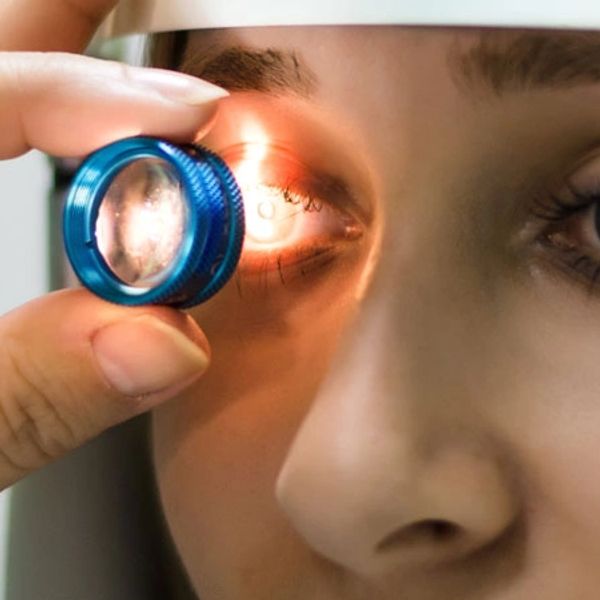SCIENCE

PROBLEM
6.5 million Americans are living with Alzheimer’s disease.
By 2050, this number is projected to rise to nearly 13 million Current Alzheimer’s testing is:
• Lengthy
• Invasive
• Expensive
• Imprecise

EXISTING ALTERNATIVES
- Screening tests shorter than a cognitive battery (MoCA, MMSE), but not sensitive to the earliest signs of cognitive decline, and not designed to distinguish the most likely etiology (e.g., Alzheimer’s disease).
- Neuropsychological cognitive assessment, which is highly time consuming and requires expertise in interpretation of results, making their integration into existing standards of care infeasible.
- •Confirmatory biomarker testing with PET or cerebrospinal fluid (CSF) testing is expensive, invasive, and time-consuming

SOLUTIONS
• A more convenient test for precise diagnosis of
Alzheimer’s disease at the early stage.
• A more cost-effective test with instantaneous results
powered by AI.
• A more accessible and ubiquitous test.

COMPETITIVE ADVANTAGE
- Artificial Intelligence model
- Fractal model: A model to capture the loss of complexity of the retinal vasculature due to disease.
- Electroretinogram (ERG) model: An approach that takes advantage of electroretinography as a dynamic metric to provide a higher probability in identifying those with early Alzheimer’s disease.
- A multivariate biomarker-based solution: A multivariate approach based on a proprietary algorithm that integrates static measures (fractals) and dynamic metrics (ERGs) to power an AI model for accurate diagnosis of early Alzheimer’s disease.
Multinostics
Copyright © 2024 Multinostics - All Rights Reserved.
Powered by GoDaddy
This website uses cookies.
We use cookies to analyze website traffic and optimize your website experience. By accepting our use of cookies, your data will be aggregated with all other user data.